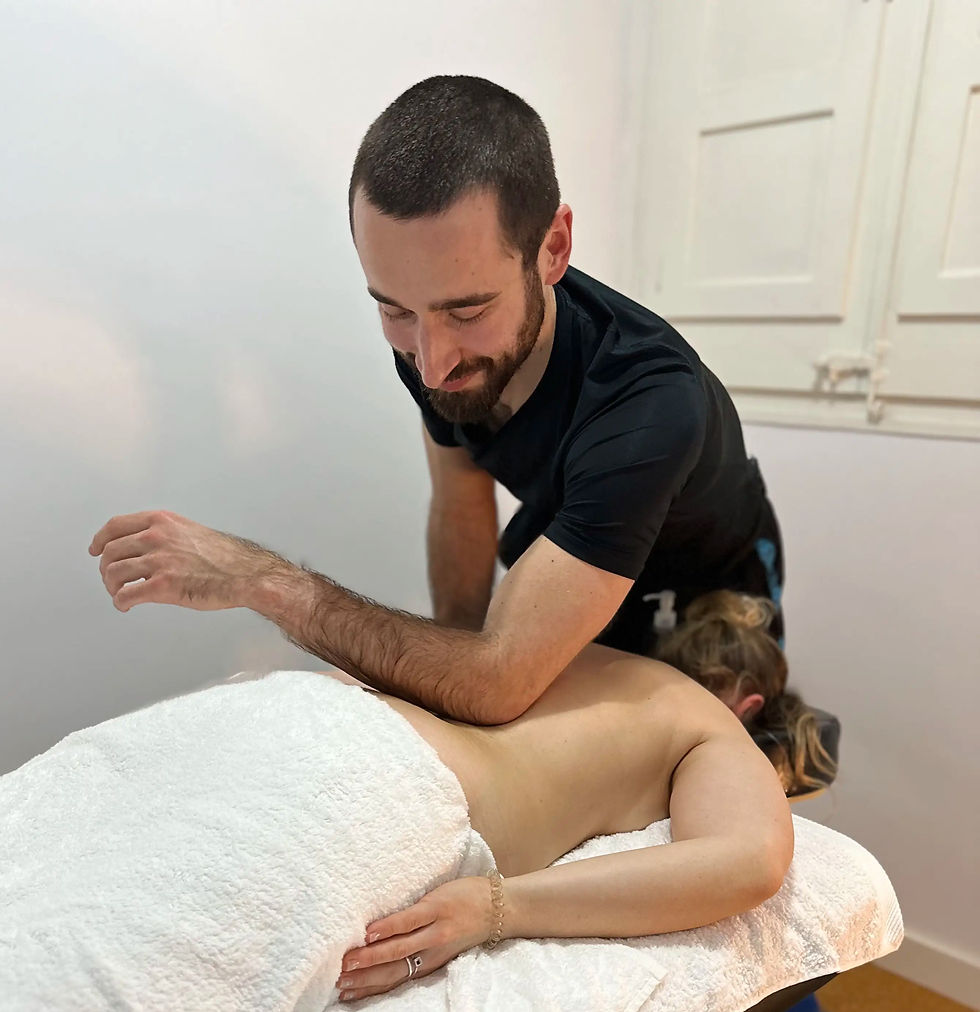💧 Lymphatic System Boost — Why Do You Need It?
- patrikzsebedits
- Oct 13
- 3 min read
Your lymphatic system is a vital part of your immune and circulatory systems. It helps maintain fluid balance, supports immune defense, and assists in waste removal. Yet, few people talk about how essential it is — or how to keep it functioning well. When your lymphatic system isn’t working properly, your body can’t stay fully healthy. But there’s a way to keep it strong and flowing optimally: the Lymphatic System Boost Treatment.

🔬 Your lymphatic system includes:
Lymphoid organs (such as the spleen, thymus, tonsils, and appendix)
Lymph nodes
Lymphatic vessels
Lymph fluid
The lymphatic system lies closely associated with fascia, the connective tissue network that supports every structure in your body. Both fascia and lymphatic tissues develop from mesodermal embryonic tissue, meaning they are functionally and structurally linked.If the fascia around lymphoid organs, nodes, or vessels becomes restricted, it can impede lymph flow and reduce your body’s ability to detoxify and heal.
⚙️ How lymph moves
Unlike the circulatory system, the lymphatic system has no central pump like the heart. Lymph flow depends on:
Muscle contractions (especially in the legs and abdomen)
Movement of the diaphragm during breathing
Arterial pulsations and body movement
When you are resting, lymph flows slowly — approximately 3 cm per minute (0.1–0.2 cm/s).During physical activity, flow can increase 5–15 times, reaching around 15 cm per minute during vigorous movement.
The two most effective natural stimulators of lymph flow are:
Exercise — even gentle walking or yoga can dramatically boost flow.
Diaphragmatic (“belly”) breathing — as you inhale deeply, your diaphragm moves downward, creating a pumping action that draws lymph upward through the thoracic duct.
💆♀️ The Lymphatic System Boost Treatment
This is not a lymphatic drainage massage.It’s a specialized treatment designed to release fascial tension around key lymphatic areas and restore unrestricted flow.
Think of your lymph system like a garden hose: if part of it is pinched, the water slows down. The same happens when fascia tightens around lymph nodes or vessels. By releasing these restrictions, we allow fluid to move freely again.
🩺 Signs your lymphatic system may need support:
Morning stiffness
Slow post-exercise recovery
Disturbed sleep or frequent waking
Tender or swollen lymph nodes
Chronic fatigue or pain
Autoimmune or inflammatory conditions
Persistent allergies
Difficulty losing weight despite effort
Bloating, urinary or digestive sluggishness
Chronic sore or scratchy throat
😌 Is the treatment painful?
No. The treatment is gentle, but mild discomfort may occur in tight areas — a sign that the tissues truly need release.It should never be painful, since pain triggers fascia to contract defensively, which would counteract the goal.The work is primarily done on the front of the body, with light techniques on the neck, head, and lower back near the end.
🌿 After the treatment
Most clients feel lighter, more energized, and clearer almost immediately.However, if your system has accumulated waste or inflammation, you might feel temporarily tired or flu-like within a few hours — a normal detox response.These sensations typically subside within 24–48 hours, leaving you feeling rejuvenated.
⏳ How often should you have it?
For ongoing issues: 2–3 sessions, spaced 7–10 days apart, followed by monthly maintenance.
For general wellness: every 1–2 months is sufficient to keep lymph flow optimal.



Comments